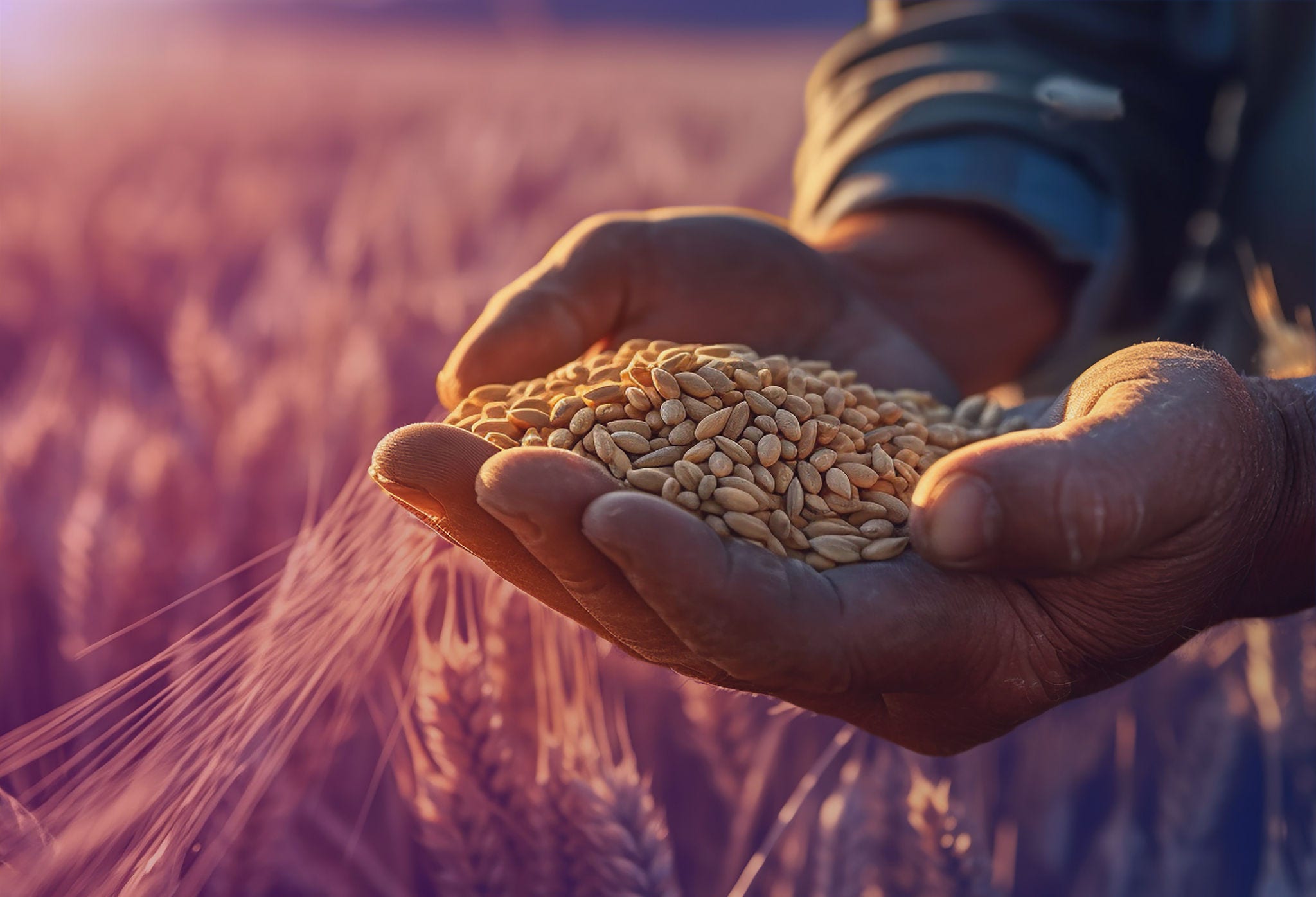India's Green Revolution, catalysed in the late 1960s, marked a pivotal era of agricultural transformation, significantly enhancing productivity and food security. With the adoption of high-yielding crop varieties, modern agricultural practices, and increased fertiliser usage, India's agricultural landscape underwent a remarkable shift. According to the Food and Agriculture Organization (FAO), India's cereal production surged from 90 million metric tons in the mid-1960s to over 350 million metric tons by 2022.
However, this monumental shift has come with challenges. The exponential demand for energy, water, and chemical inputs to sustain intensive agricultural production has taken a toll on the environment and public health. Soil degradation, water scarcity, loss of biodiversity, and greenhouse gas emissions have emerged as pressing challenges, casting a shadow over the sustainability of India's agricultural model. Additionally, disparities in access to resources and benefits persist, exacerbating socioeconomic inequalities among farmers.
Recognizing the urgent need for transformative change, a quiet revolution unfolding in the heart of the modern agricultural landscape – a shift towards a new paradigm driven by renewable energy. Central to this paradigm shift is the imperative to leverage solar, wind, and other clean energy sources to reduce the country’s reliance on fossil fuels, mitigate greenhouse gas emissions, and enhance energy security for rural communities.




